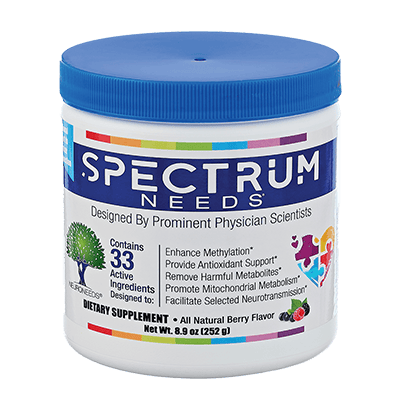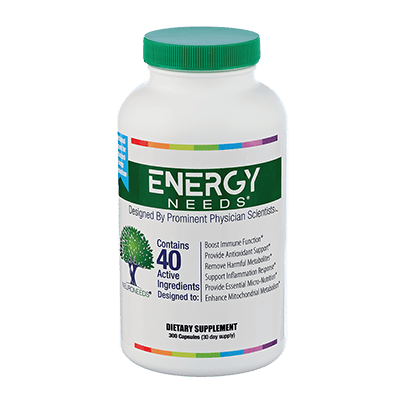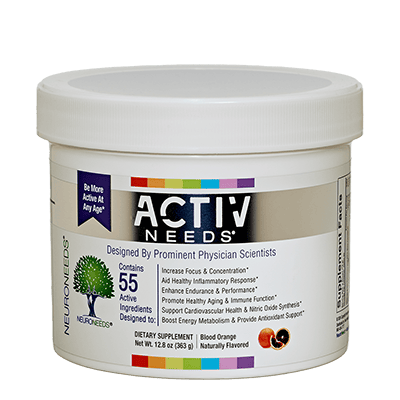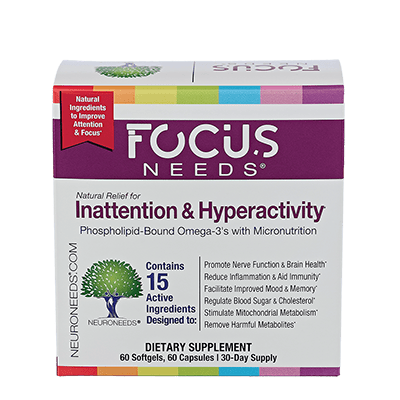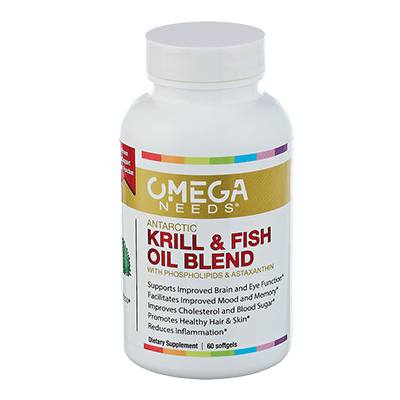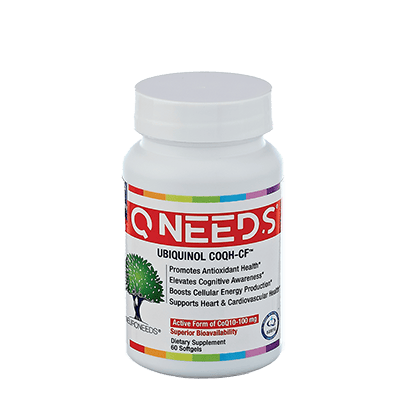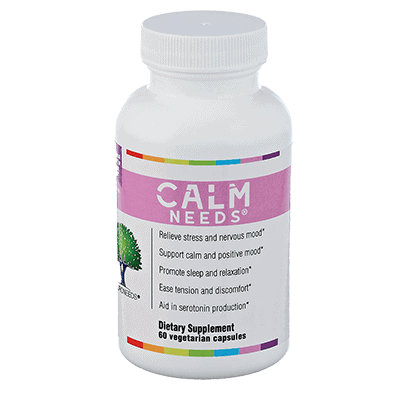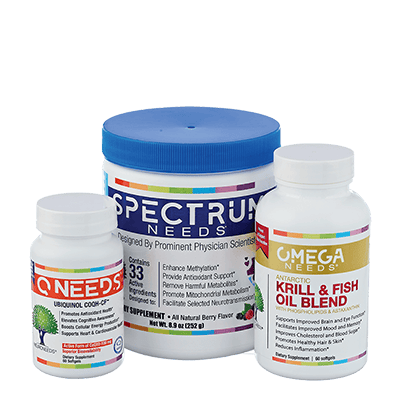Autism is Genetic; Autism is Treatable; These Statements Are NOT in Conflict
On 18 January, 2024, Dr. Richard G. Boles and his research group published a major scientific paper in the prestigious International Journal of Molecular Sciences entitled: “Reanalysis of trio whole-genome sequencing data doubles the yield in autism spectrum disorder: De novo variants present in half.”
The following summary is intended for a general audience. The published abstract and links to the full paper are provided below the summary.
SUMMARY OF THE PAPER – Written by Richard G. Boles, MD on 18 January, 2024
Authors (who performed the study):
- Omri Bar: Medical Student, Cooper School of Medicine, previously of NeurAbilities Healthcare
- Elizabeth Vahey: Project Coordinator, NeurAbilities Healthcare
- Mark Mintz, MD: Co-Investigator, NeurAbilities Healthcare
- Richard E. Frye, MD, PhD: Co-Investigator, Rossignol Medical Center, Autism Discovery & Treatment Foundation
- Richard G. Boles, MD: Principal Investigator, NeurAbilities Healthcare, NeuroNeeds®
Subjects (who we studied): Fifty unrelated individuals with autism who were evaluated by Dr. Boles.
Methods (what we did): Trio-whole genome sequencing (WGS) at Variantyx® with extensive reanalysis (Comprehensive Sequence Reanalysis, CSR) of raw sequence data by Dr. Boles and his team. WGS included sequencing of >99% of the DNA. Trio indicates sequencing of patient and both parents. DNA was generally collected from saliva.
Results (what we found):
- In most cases (34 or 50 cases, 68%), a DNA variant (mutation) was identified that was determined to be the main cause of disease (Called “Principal Diagnostic Variants” in the paper, PDVs).
- Most (25 of 50 subjects, 50%) of the main variants (PDVs) identified were de novo (new), meaning mutations occurring in that person that were not found in either parent.
- Some (10 of 50 subjects, 20%) variants were inherited (present in one or both parents). [Note: One subject had both a de novo and an inherited PDV.]
- In only 14 of 34 (41%) of the above cases was the variant listed on the laboratory report.
- Most of the “missed” cases (11 of 14, 79%) predominately included genes without prior reported case reports, meaning that these are newly-discovered diseases. [Note: Clinical/commercial genetics laboratories do not report research findings.]
- In the majority of cases (33 of 50%, 66%), changes were made by Dr. Boles as a direct result of the genetic information.
- Dietary supplements were recommended in 30 of 50 cases (60%).
- Prescription medication was recommended in 24 of 50 cases (48%).
- Although this analysis is difficult, about one half the of patients had clinical improvement based upon treatments suggested by the DNA findings.
- 8 patients were referred to an Immunologist for further testing and/or treatment.
- “Bad news” (both serious and unexpected) was provided in only one case (2%), an increased cancer risk.
Discussion (what this means):
- The primary cause of autism can be identified in most people with trio-WGS and Comprehensive Sequence Reanalysis (CSR).
- De novo mutations are the main cause of autism per our study.
- Multiple previous studies have shown that autism is very highly genetic.
- However, previous sequencing studies reveal much lower yields (% of cases testing positive).
- Why are there so many new mutations? Could our environment result in a highly increased mutation rate, and hence fuel the exploding number of children with autism?
- Common pathways that lead to autism include energy metabolism/mitochondria/redox state, cation (calcium, sodium, etc.) channels, amino acid metabolism, neurotransmission, and inflammation. All of these are potentially treatable, generally with dietary supplements. [Note: Several other pathways leading to autism are not obviously treatable with current knowledge. Results are highly individualized, as the genetic causes vary among people with autism.]
- Genetic information resulted in new treatment options in most cases, which was generally aimed at the above pathways.
- Autism is Genetic; Autism is Treatable; These Statements Are NOT in Conflict. Know your genetics to know the best treatment.
Translational (how this might help you, your loved one(s), or your patients):
- Do not be afraid of genetic (DNA) testing. It is rarely the end of hope, but often the beginning of new hope. “Bad news” is rare.
- What testing is done, where it is done, and how it is interpreted matters a great deal. Trio testing is needed to find de novo Currently, only Variantyx® has the computer platform and access necessary for Dr. Boles to perform the addition analysis (CSR). Contact neurogenomics@neurabilities.com and/or see https://neurabilities.com/neurogenomics.
- Sequencing other than as described above will find less than half of the causes found by trio-WGS followed by CSR.
- CSR is described in detail in the paper, so that hopefully others specializing in autism can use the same technique.
- Seek out health care providers that believe in and routinely treat people with autism.
- Consider functional/integrative providers, including from https://www.medmaps.org.
- The fact that many of the pathways leading to autism are treatable, is the scientific rationale for why many BioMed interventions are successful.
- Individualized genetic information can help the functional/integrative/BioMed provider to focus treatment options more effectively.
- Consider dietary supplementation to address the common treatable pathways in autism, in particular mitochondrial dysfunction.
- Consider combination products as they are generally more effective, convenient, and cost-effective. Oftentimes, they also have fewer side effects. [Why? Energy is produced on an assembly line. Imagine giving the guy in the middle of an assembly line his vitamins so that he works faster; you’re not making more products, but you will have a lot more chaos.] Combination products have been shown to be highly tolerable in both adults and children.
- Different brands are available. I (Dr. Boles), recommend my own products from NeuroNeeds® (https://www.neuroneeds.com).
- In most of my children with autism, I recommend a platform consisting of either SpectrumNeeds or EnergyNeeds (mitochondrial cocktail, the choice based mostly on whether the person can swallow or not), QNeeds (a highly bioavailable form of coenzyme Q10/ubiquinol), and OmegaNeeds (omega-3 fatty acids, including fish, krill and sunflower seed for direct brain absorption). [See: https://www.neuroneeds.com/which-products-are-right-for-you]
- On top of this platform, I individually tailor treatment based upon the underlying genetics, symptoms/issues, and treatment history.
- Consider combination products as they are generally more effective, convenient, and cost-effective. Oftentimes, they also have fewer side effects. [Why? Energy is produced on an assembly line. Imagine giving the guy in the middle of an assembly line his vitamins so that he works faster; you’re not making more products, but you will have a lot more chaos.] Combination products have been shown to be highly tolerable in both adults and children.
- Consider functional/integrative providers, including from https://www.medmaps.org.
- What testing is done, where it is done, and how it is interpreted matters a great deal. Trio testing is needed to find de novo Currently, only Variantyx® has the computer platform and access necessary for Dr. Boles to perform the addition analysis (CSR). Contact neurogenomics@neurabilities.com and/or see https://neurabilities.com/neurogenomics.
- The fine print:
- Disclosure: I am the Chief Medical & Scientific Officer for NeuroNeeds® LLC, the company that makes SpectrumNeeds®, EnergyNeeds®, QNeeds®, OmegaNeeds®, FocusNeeds®, and CalmNeeds®. As such, I may receive financial compensation based upon by efforts and/or the success of the company.
- Our products were designed to be safe in individuals with a wide range of medical conditions, taking a wide range of other supplements and/or prescription medications. However, we cannot anticipate every patient and every situation. It is recommended to discuss any dietary supplement, including NeuroNeeds® products, with your physician, especially in the context of chronic disease and/or medications
Published Scientific Abstract: Autism spectrum disorder (ASD) is a common condition with lifelong implications. The last decade has seen dramatic improvements in DNA sequencing and related bioinformatics and databases. We analyzed the raw DNA sequencing files on the Variantyx. bioinformatics platform for the last 50 ASD patients evaluated with trio whole-genome sequencing (trio-WGS). “Qualified” variants were defined as coding, rare, and evolutionarily conserved. Primary Diagnostic Variants (PDV), additionally, were present in genes directly linked to ASD and matched clinical correlation. A PDV was identified in 34/50 (68%) of cases, including 25 (50%) cases with heterozygous de novo and 10 (20%) with inherited variants. De novo variants in genes directly associated with ASD were far more likely to be Qualifying than non-Qualifying versus a control group of genes (p = 0.0002), validating that most are indeed disease related. Sequence reanalysis increased diagnostic yield from 28% to 68%, mostly through inclusion of de novo PDVs in genes not yet reported as ASD associated. Thirty-three subjects (66%) had treatment recommendation(s) based on DNA analyses. Our results demonstrate a high yield of trio-WGS for revealing molecular diagnoses in ASD, which is greatly enhanced by reanalyzing DNA sequencing files. In contrast to previous reports, de novo variants dominate the findings, mostly representing novel conditions. This has implications to the cause and rising prevalence of autism.
How to download the full study:
Note, while, this study was published for the first time in January 2024, the data contained within this paper has been presented by Dr. Boles in autism conferences in Dubai, Bahrain, Saudi Arabia, India, the United Kingdom, and the United States, all in 2023.
The Content within this article and NeuroNeeds Blog is not intended to be a substitute for professional medical advice, diagnosis, or treatment. Always seek the advice of your physician or other qualified health provider with any questions you may have regarding a medical condition. Never disregard professional medical advice or delay in seeking it because of something you have read on this Blog.

